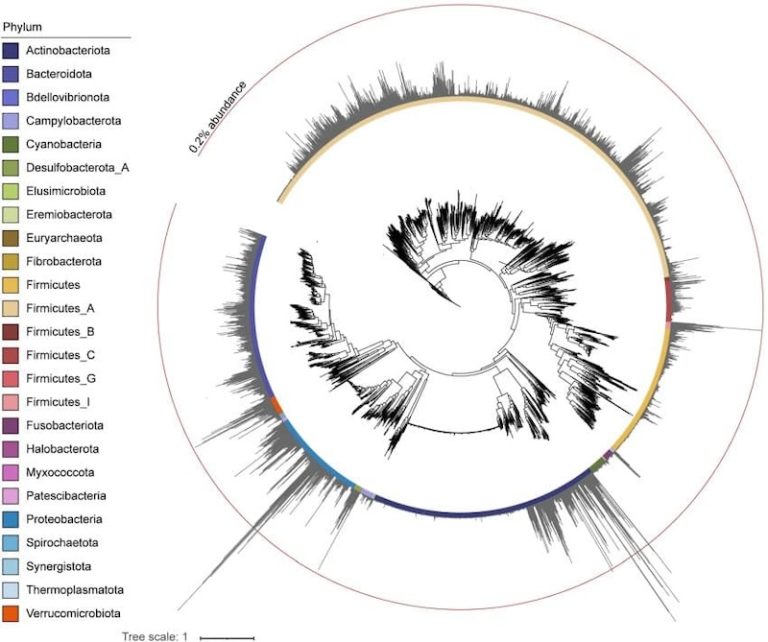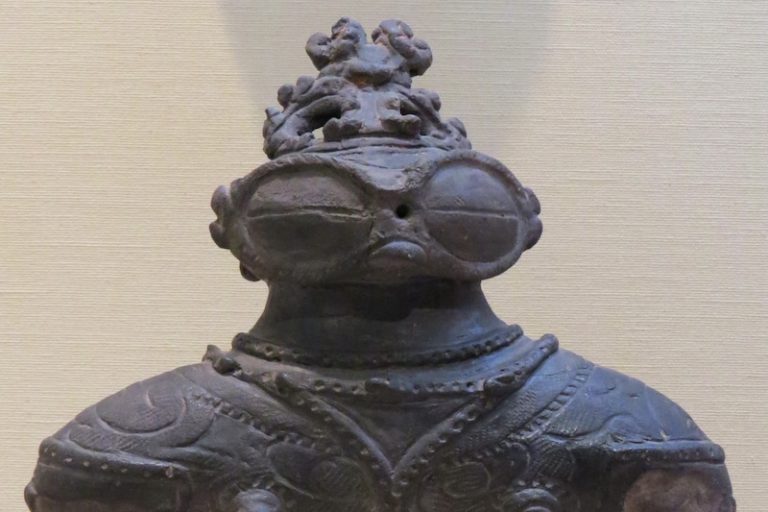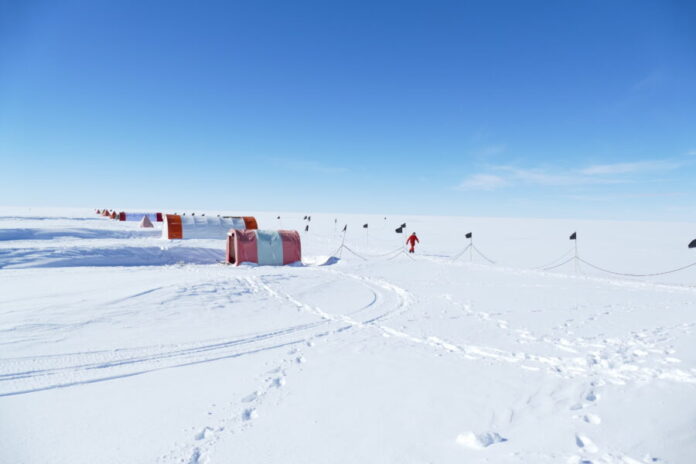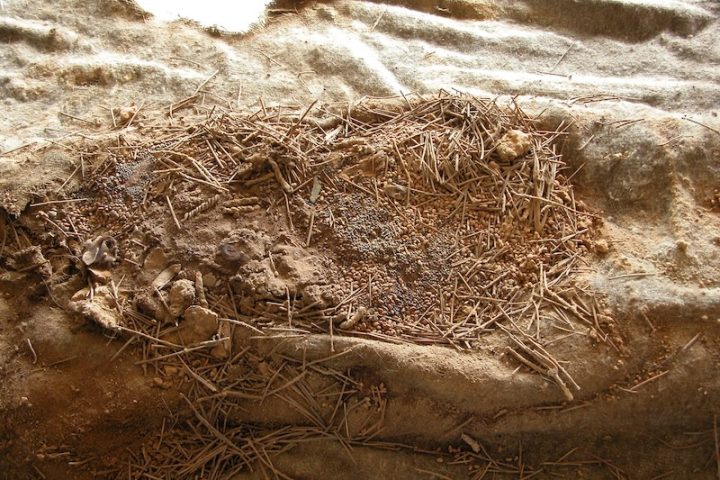Scientists have analyzed coprolytes (fossilized stools) from the early Jomon period, approximately 7,000 to 5,500 years ago.
Analysis of DNA remains from the early Jomon period led to information on the intestinal biome of ancient Japan. The researchers were able to extract a sequence of viruses, microbes and food genome preserved in coprolites, i.e. fossilized feces. And so they were able to learn more about the gut microbiome of the Jomon people.
“Given that the roles of microbes in the body have a significant influence on the health and disease of individuals, ancient microbial genome, such as hunting-gathering or farming, could provide indicators of pathogenic conditions,” the researchers say.
The samples that scientists have worked on consist of more than 400 coprolytes excavated in the 1970s in the Fukui Prefecture in the area of a shell pile. (Fast pile hills are the name given to an archaeological site that is commonly found in Japanese archeology, where there are remains of marine shellfish. These areas also provide information about ancient human activities)
According to researchers, these shell-shells contain the remains of the Jomon people who lived in the Japanese archipelago between 16,000 and 2,900 years ago. The coprolytes used by the researchers for the analysis come from layers estimated to be between 7,000 and 5,500 years old on the top.

The researchers took 10 samples from the area to analyze remnants with more DNA. He then performed detailed genetic sequencing on four of these specimens. A method called “Shotgun sequencing” was used to extract and collect genetic information.
The research results yielded a huge list of DNA from different organisms, mostly in small fragments. Most of the DNA data came from viruses, especially phages, viruses that infect bacteria. The researchers also collected information about bacteria, fungi and microbes that live in the human gut. Some of the DNA probably came from the foods people consumed, such as salmon.
“Although the average length of the reads was too short to analyze genomic variations, we observed a large number of reads that mapped to the genomes of viruses, bacteria and possibly food,” the scientists wrote in their paper.
Cosmos Magazine. January 29, 2024.
Nishimura, L., Tanino, A., Ajimoto, M., Katsumura, T., Ogawa, M., Koganebuchi, K., … & Inoue, I. (2024). Metagenomic analyses of 7000 to 5500 years old coprolites excavated from the Torihama shell-mound site in the Japanese archipelago. Plos one, 19(1), e0295924.





